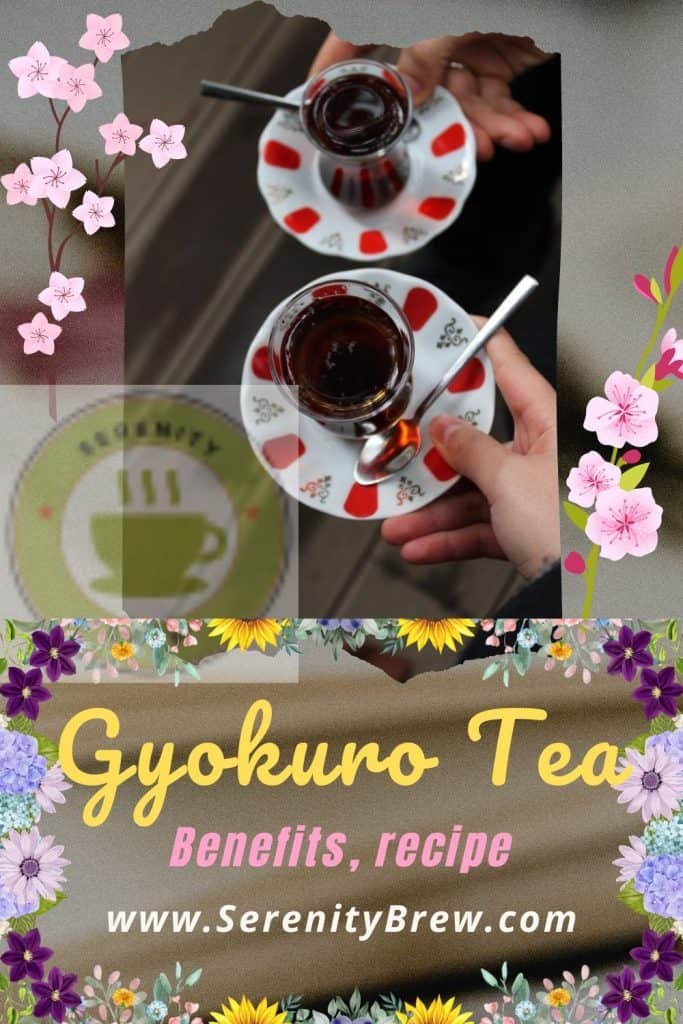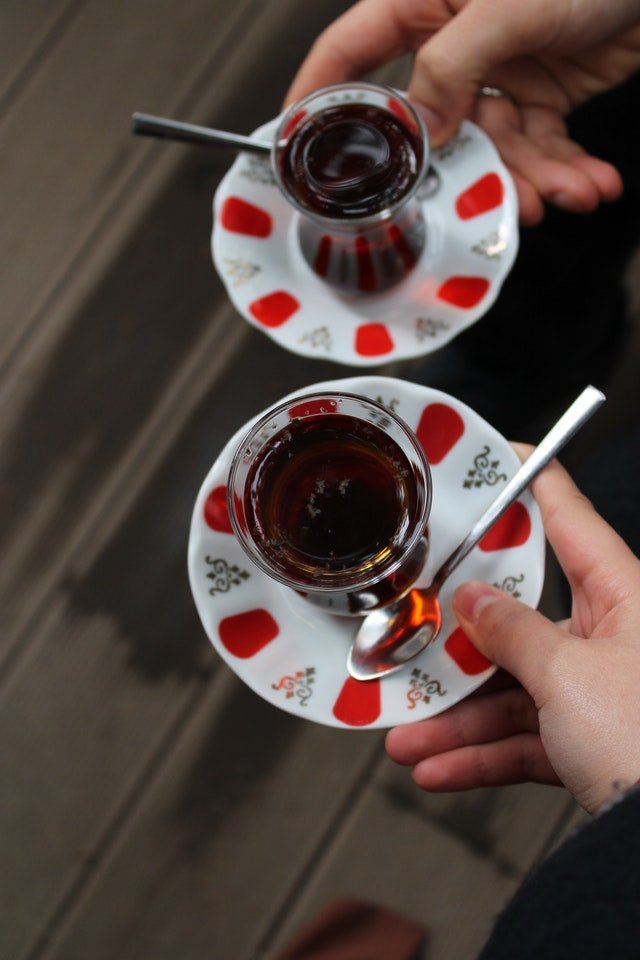
Japan occupies a privileged place among the producing countries of green teas. Surely you have heard of (or have already tried!) Japanese teas such as matcha, sencha or bancha.
Today we are talking about a highly appreciated tea in Japan, but less known in the West. This is gyokuro, one of the most exclusive Japanese green teas. Let’s see why.
Gyokuro tea making
Gyokuro, like all teas, is made from the leaves of the tea plant, Camellia sinensis. However, unlike other teas, it does not grow in full sunlight but rather in shade for a significant part of its cycle.
To obtain soft colored tea leaves, the plant is covered for three to four weeks before harvest. Thus, by avoiding sun exposure, the infusion in a cup loses its traditional dark green color and acquires a pallor that gives the tea its name: Gyokuro means “dew jewel”.
Its name not only refers to its color but also to its quality. It is a true gem, being one of the highest quality Japanese green teas and also one of the most expensive.
Now, back to the topic: how is it produced? The elaboration is quite similar to that of sencha although, as we have already pointed out, the tea plant is covered before harvesting. This action is carried out at the beginning of April, when the first shoots of the season appear and, for this purpose, rice cane screens are traditionally used.
About a month later, in May, Hachijuhachiya begins, the harvest season where the first young Gyokuro leaves are collected, which are considered the best quality, flavor and freshness.
After harvesting, the leaves are steamed to avoid the oxidation that characterizes other families of teas such as black. This cooking process is very short, between 15 and 20 seconds, and takes place a few hours after harvest.
Once cooked, the leaves begin their drying and subsequent rolling, which will maintain the flavor and aroma of the leaves for longer. The last step before sale is selection: the sprouts are graded as Gyokuro Mecha, the stems as Gyokuro Karigane, and the flakes as Gyokuro-ko.
The taste of Gyokuro
The taste of Gyokuro is very characteristic and different from other varieties of green tea. The fact of growing in the shade plays an important role in the creation of its aromas. The lack of light reduces the plant’s photosynthesis process, which as a result generates higher levels of an amino acid called L-theanine, which is related to the peculiar umami flavor of Gyokuro.
The infusion of this tea has a soft green tone in the cup and an intense and refreshing flavor at the same time, with a sweet touch. At an aromatic level, it has endless nuances that make it a unique tea.
It is worth noting that Gyokuro has an intense flavor, some astringency that gives it body, and usually high levels of caffeine.
Benefits of Gyokuro tea
Like all green teas, it is believed to be beneficial as an accompaniment to weight loss diets. It is a good diuretic that allows you to eliminate excess fluids in the body, thus avoiding swelling.
In addition, it has an interesting antioxidant potential that protects the body against the action of free radicals, molecules related to the appearance of various diseases.
It is also interesting to note that the combination of L-theanine and caffeine generates an alert but relaxed state of concentration that would be advisable when we need to maintain concentration for a long period of time.
How to prepare a perfect cup of Gyokuro

The preparation of the Gyokuro is a bit curious. As it is a little oxidized tea and, at the same time, cultivated in the shade, it is very important to pay special attention to the temperature of the water since excess heat can ruin its flavor.
Ingredients:
- 6g gyokuro
- 1 cup of water
Note: It may be advisable to have a thermometer on hand to measure the temperature of the water.
Elaboration:
- Heat the water, being very careful not to boil it.
- Use a kitchen thermometer to check when the water reaches 60°.
- Infuse the tea leaves for a minute and a half.
- Baby.
Last tips:
- The water temperature should not exceed 60°. In fact, it is preferable that you prepare this infusion with water at 50° rather than 70°.
- Avoid exceeding the infusion time. This tea is intense and full-bodied, too much standing time can spoil its flavor.
- The Gyokuro allows several infused with the same leaves. The second time you make the infusions, let them rest for 2 minutes and the third time, 2 and a half minutes.
If you have the chance to try Gyokuro, don’t miss it. You will be surprised by its texture, its body and its intensity, so different from other green teas. Are you ready to taste the umami in your mouth?
